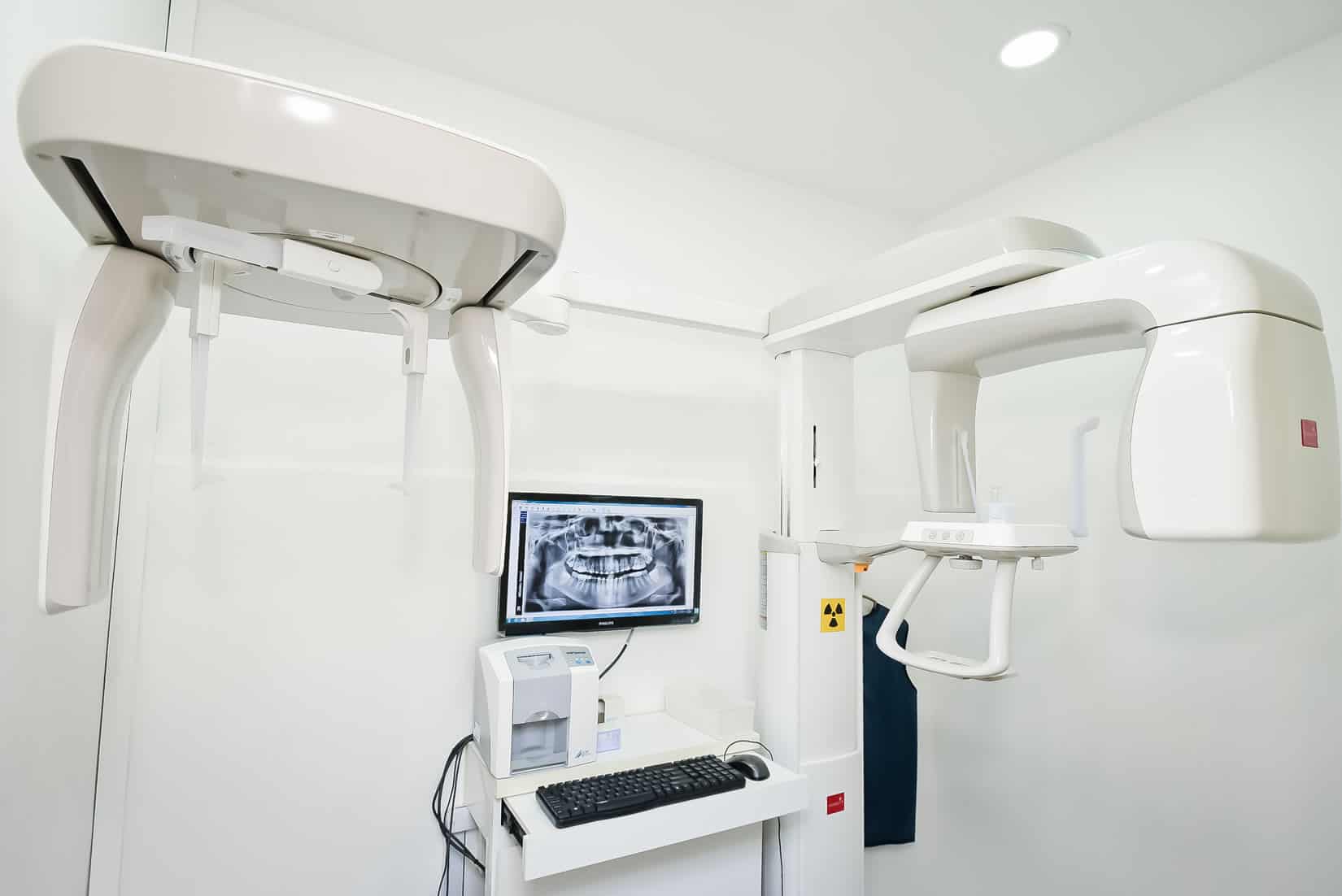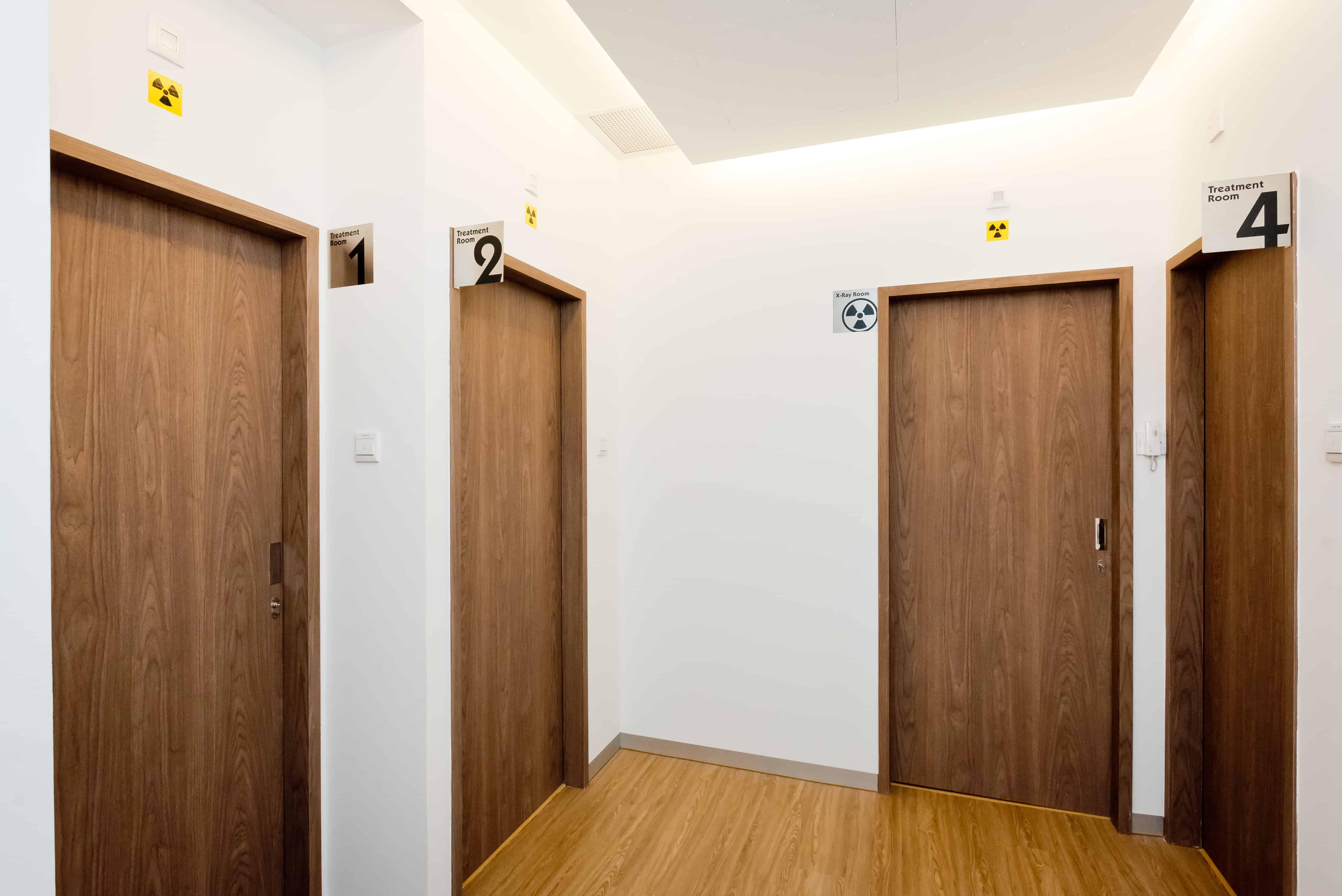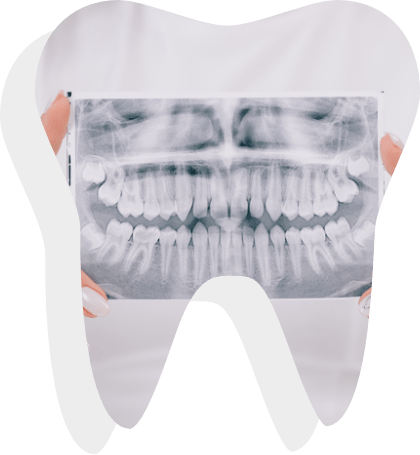When Is Dental X-Ray Required
We usually take dental x-rays when we want to:
- Investigate the cause of sensitivity or pain
- Monitor and check disease progression
- Screen for dental cavities
- Check supporting bone levels and abnormalities
- Locate the presence and positions of hidden teeth, commonly the wisdom teeth
- Check the status of teeth still developing in the jaw
- Study the tooth/teeth before or as part of a dental procedure such as root canal treatment
- Check the condition of previous dental treatment
- See the jaw bone and skull relationship to the teeth before Orthodontic treatment

What Can We See On Dental X-Rays
Dental X-Ray images reveal a lot of things that we cannot see with our naked eye. This gives us valuable information about your teeth, gums and jaw bone. It also allows us to identify any abnormalities or infections which may need attention. With this information, the dentist can then recommend a suitable treatment plan. You may then make a well informed decision about the treatment to proceed with.

Our Radiography Facilities

Our clinic is equipped with modern digital radiography equipment to provide the most diagnostic images while reducing radiation exposure. We also take the necessary precautions by using the appropriate lead shields as well as indicating x-rays only when it contributes to your treatment and well-being.

